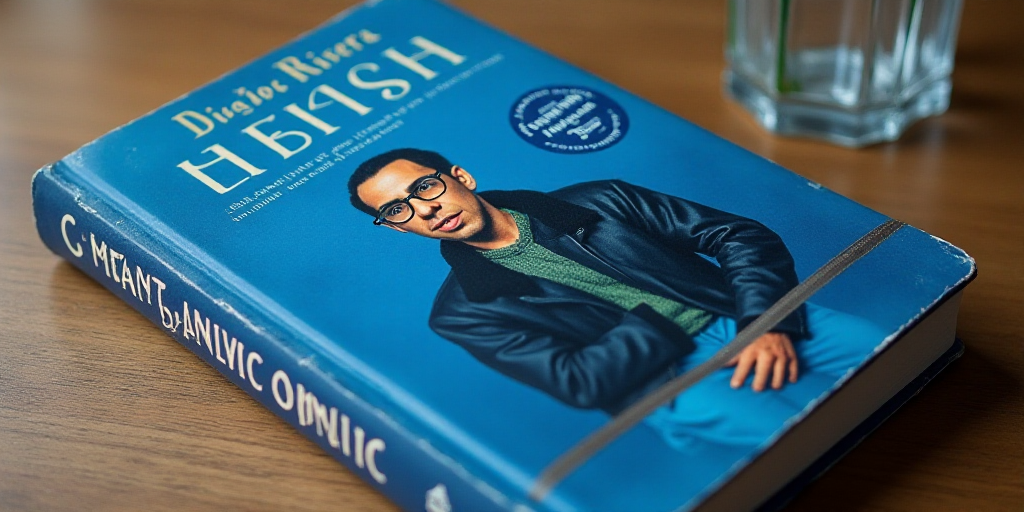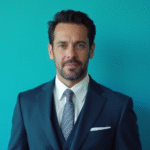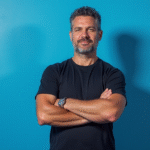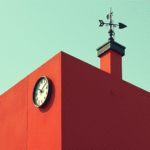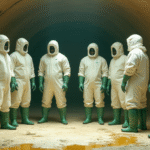Introduction
Since the passing of Pope Francis on April 21, the pool of papal contenders—cardinals with a realistic chance of being elected—has undergone significant shifts. Some previously mentioned names have gained strength, while others have lost momentum, and new unexpected candidates have emerged. As the Roman adage goes, “who enters as pope, leaves as cardinal.”
The Most Diverse Conclave in History
The upcoming conclave at the Vatican will be the most diverse in history, with 133 electors from 71 countries. Seventy-nine percent were appointed by Francis, theoretically favoring his reformist legacy. However, the struggle between progressives, moderates, and conservatives, along with the weight of the Italian bloc (19 cardinals), ensures that nothing is predetermined.
Top Contenders
At the forefront of analysis are three prominent figures:
- Pietro Parolin (Italy, 70 years): As the current Secretary of State, Parolin has gained ground due to his diplomatic experience and conciliatory profile. His proximity to Francis and Italian origins make him strong, though he arouses suspicion among conservatives.
- Luis Antonio Tagle (Philippines, 67): As pro-prefect for Evangelization, Tagle has risen in the odds because of his charisma, progressive theology, and the growing influence of Asian Catholicism.
- Matteo Zuppi (Italy, 69): Archbishop of Bologna, Zuppi is close to the Sant’Egidio movement and social causes.
Medium Probability Contenders
Among those with medium chances, Fridolin Ambongo (Democratic Republic of Congo, 65) stands out for advocating for the poor and environmental issues. He has support in Africa, though his opposition to blessings for same-sex couples creates tension. Pierbattista Pizzaballa (Italy, 59), Latin patriarch of Jerusalem, has gained prominence due to his mediation in the Israeli-Palestinian conflict, despite his youth and lack of curial experience being obstacles.
Declining Contenders
Jean-Claude Hollerich (Luxembourg, 66), Archbishop of Luxembourg, and Robert Sarah (Guinea, 79), emeritus prefect of Liturgy, have fallen from favor due to their progressive stances on sexuality and doctrinal rigidity, respectively. Jean-Marc Aveline (France, 66) and Willem Eijk (Netherlands, 71) maintain low profiles, while Charles Maung Bo (Myanmar, 76) remains a long shot.
Emerging Contenders
The rise of Péter Erdő (Hungary, 72), Archbishop of Budapest, as a moderate conservative with intellectual weight has been surprising. New names have also surfaced, including Mario Grech (Malta, 68), Sínodo Secretary General; Jaime Spengler (Brazil, 64), Archbishop of Porto Alegre; Peter Turkson (Ghana, 76), former prefect of Integral Human Development; and Spanish contenders Cristóbal López Romero (72), Archbishop of Rabat, and Ángel Fernández Artime (64), Superior of the Salesian Order.
A Fragmented Landscape
Unlike previous conclaves dominated by a few names, today’s scenario boasts abundant contenders. This reflects the ideological fragmentation among cardinals, the lack of a clear heir, the influence of non-European regions, and the relative weakness of favorites. The result is an open scenario, influenced by networks, media, and internal machinations, making a surprise more likely than ever.
Key Questions and Answers
- Who are the top contenders for the next pope? The frontrunners include Pietro Parolin, Luis Antonio Tagle, and Matteo Zuppi.
- What makes this conclave unique? It is the most diverse in history, with electors from 71 countries and 79% appointed by Pope Francis.
- Why is this conclave considered more unpredictable? The ideological fragmentation, lack of a clear successor, and the growing influence of non-European regions contribute to an open scenario.

